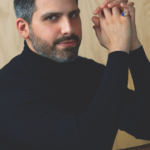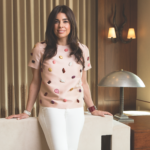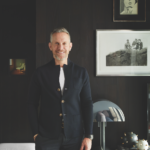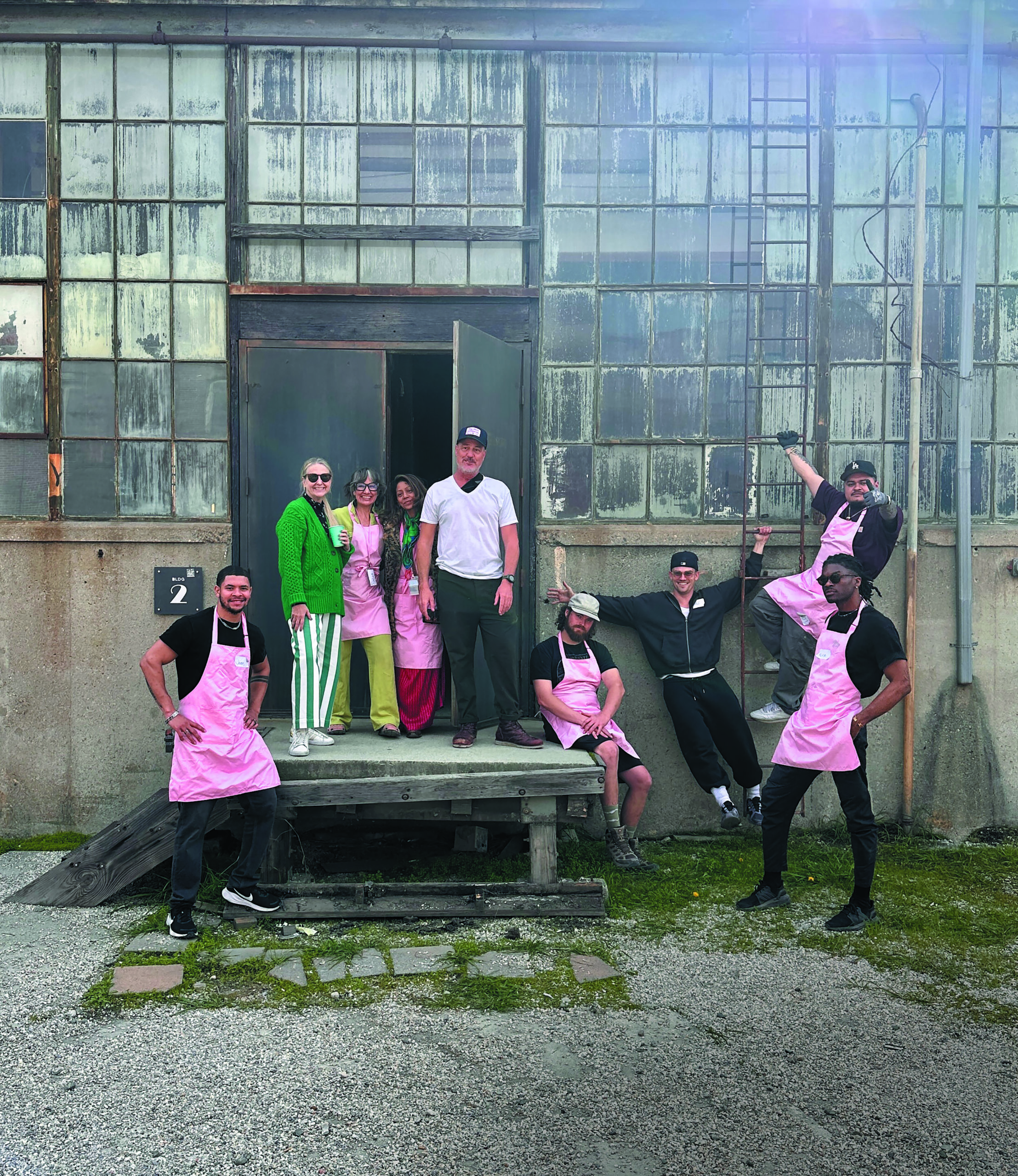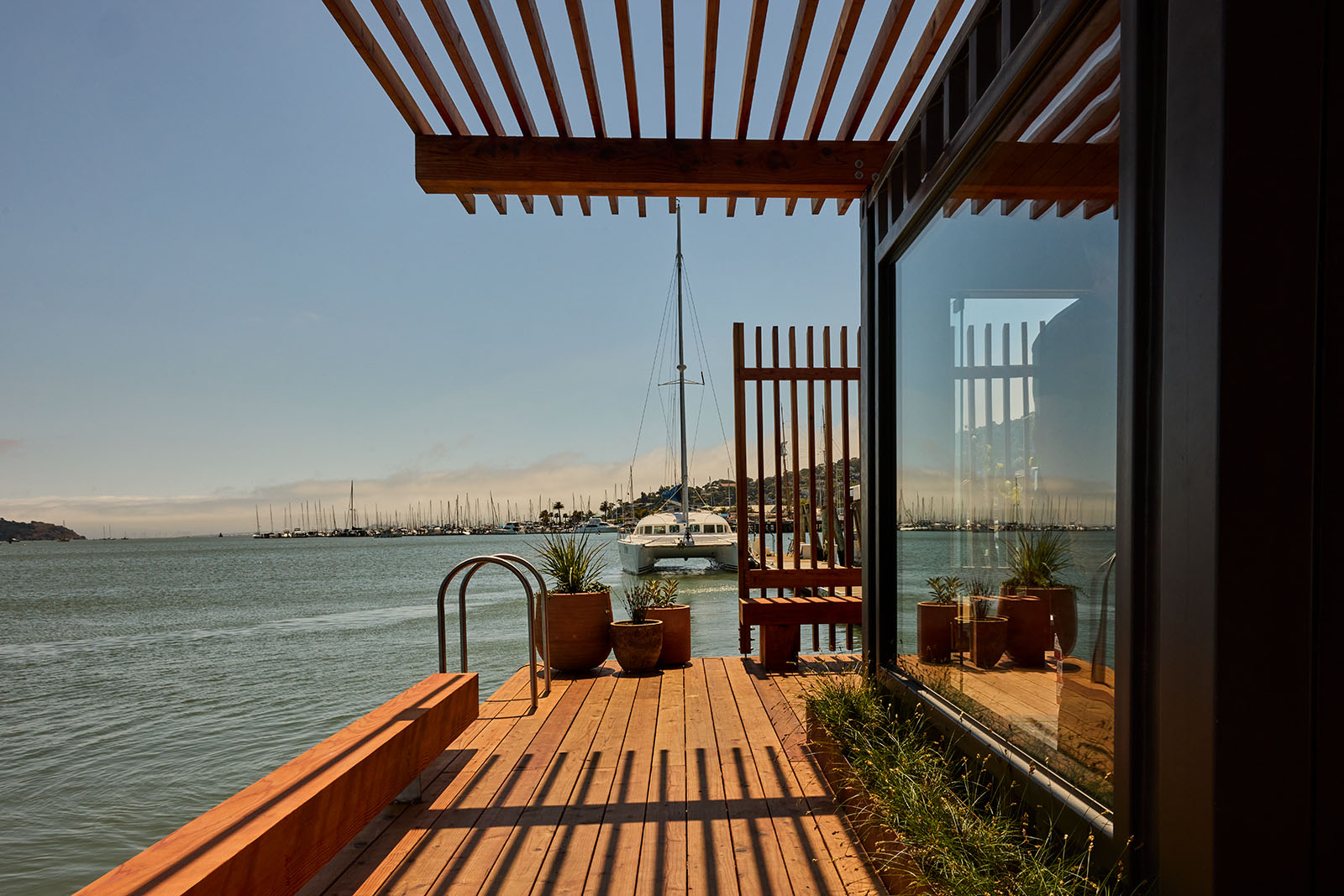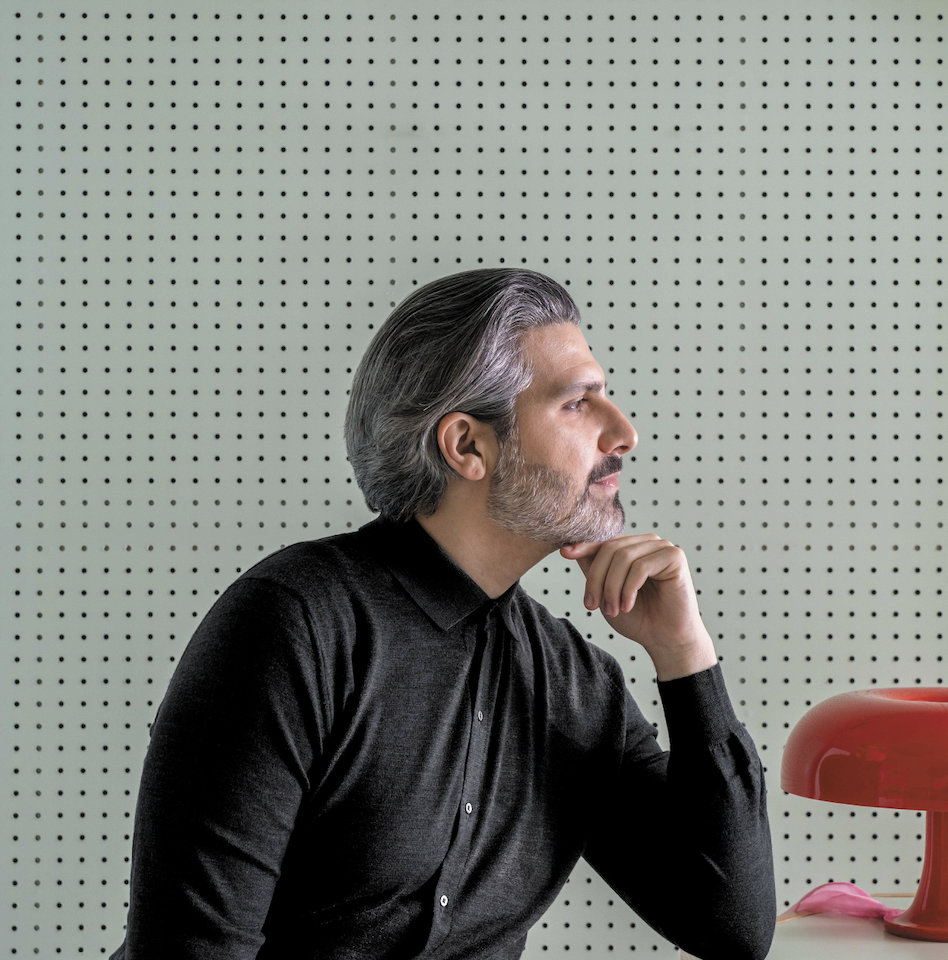The Original Tastemakers
Author:Lindsey ShookLet us all stop to applaud a few of the industry’s most influential figures celebrating notable anniversaries in design
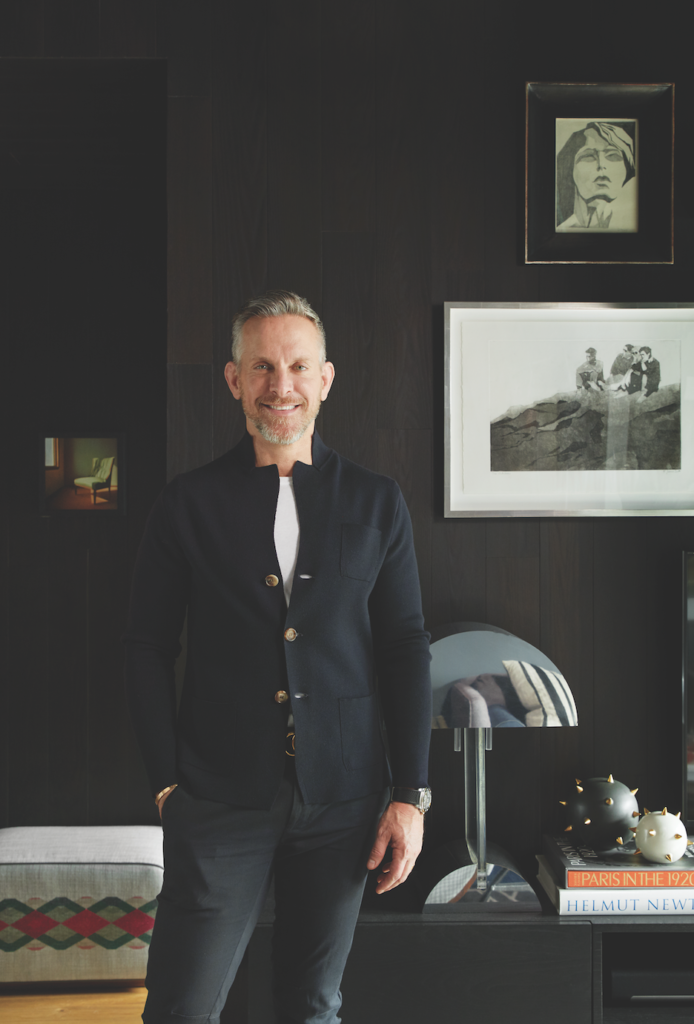
JAY JEFFERS
San Francisco designer Jay Jeffers, founder and principal of Jay Jeffers-The Studio, is known for his cool, collected interiors that mix bold pattern with color and exude sophisticated confidence. Now celebrating his 20th year in business, here he shares the secrets to his success.
Twenty years in business is a huge tribute to your success as a designer and business figure. Is there an icon throughout the years that you modeled your business after?I was definitely a fanboy in the beginning of my career. I looked at Albert Hadley, David Hicks, Frances Elkins, Kelly Wearstler and more. Following, meant tearing their work out of magazines or visiting public design spaces they had done. When I decided to go back to design school, I knew no one in the industry.
I started a group of design assistants that basically got together and drank wine and talked about how crazy our jobs were, but we had fun. Those design assistants included David Oldroyd, Steven Miller and Kathleen Navarra, among a few others. When I opened my own business, I befriended a few of my design idols for advice. Jamie Drake has been an amazing friend and confidant for 20 years (including writing the forward of my first book). Jamie runs a strong business, gives back tirelessly and is an overall generally warm and friendly guy, not to mention an incredible talent. Douglas Durkin was also a great source for advice in the beginning of my career.
What do you feel has been your firm’s greatest accomplishment to date?Sticking around! Two dot-com crashes and a financial meltdown and we’re still here. I’m very proud to have maintained and grown a successful business in San Francisco. I’m also very proud of my two books, Collected Cool and Be Bold, as well as our lines with Arteriors and Accurate Lock and Hardware.
From your perspective, how has the industry changed for the better?
The world has gotten smaller and the ability to access great design is everywhere. Some people think the retailers of the world are ruining interior design. I think there is room for all of us. And as a counterplay, I have seen an incredible influx of artisan-driven work—Stefan Bishop, Christophe Côme, the Campana Brothers, Bec Brittain and more. These wonderfully talented people have brought so much to the table and I’m grateful to be able to place their work.
What do you think the future of design looks like?
Colorful. The world of grays is dissipating. Color is fun and light, airy and fantastic.
Looking back, what advice would you give your younger self?
Photograph everything and have confidence in everything you do. Not having formal training or working for a pedigreed firm, I questioned myself in the early days. I left some good ideas on the table out of fear.
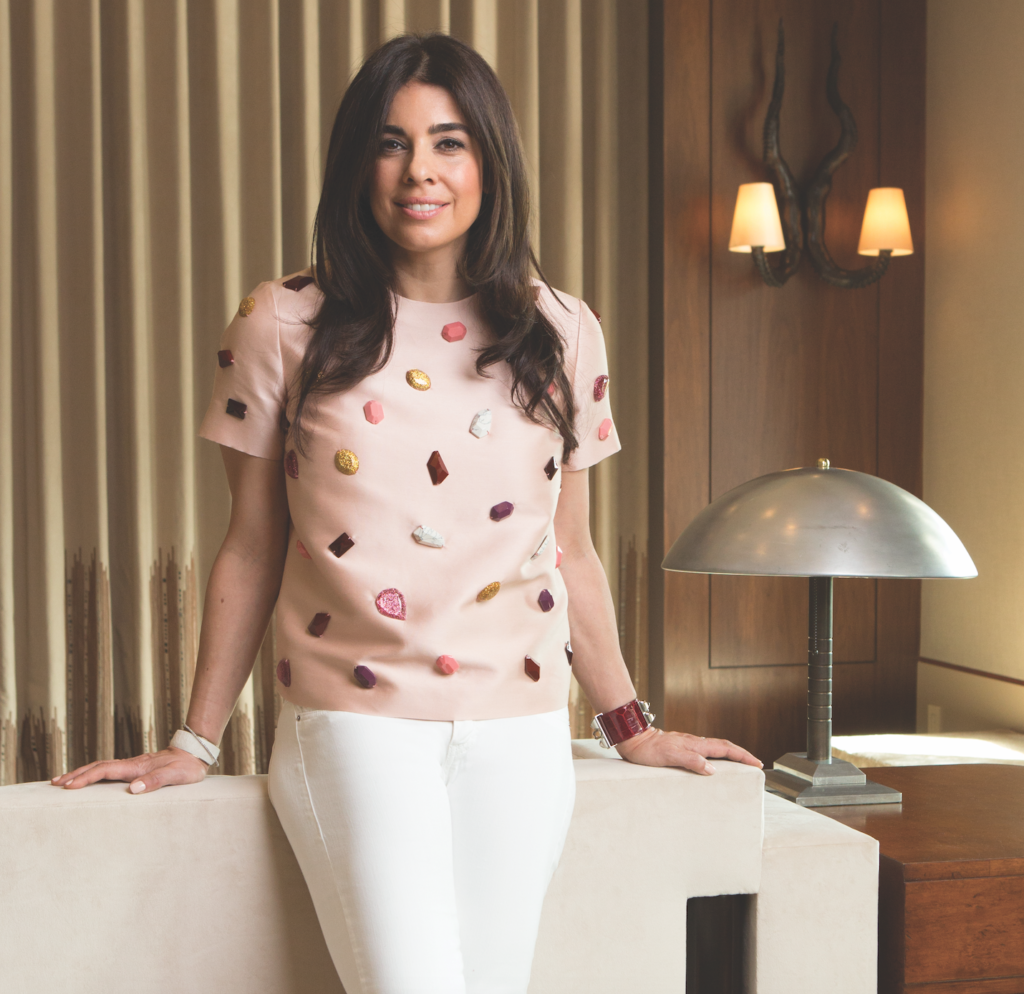
NATASHA BARADARAN
Designer, furniture maker and world traveler Natasha Baradaran has touched many aspects of the industry. Her distinguished interiors and collections have graced some of the most elegant homes in Los Angeles and U.S. showrooms. Read what keeps her inspired after being in business for almost 20 years.
How has working as a designer in L.A. changed over the last 20 years?
I think the most visible change is the process of shopping for a project. When I first started, we were looking at our library or exclusively going to the Pacific Design Center. Today, there are so many more sources, including online and districts like the La Cienega Design Quarter, where my office is located. Plus, travel and attendance to international fairs like Salone del Mobile and PAD in London have made our projects more infused with international flavor and in turn more reflective of who I am as a designer.
Who has been the biggest inspiration for your entire career?
In my mid-twenties, I wanted to be a professor of international relations, and it was my husband who encouraged me to follow my artistic passions. He has stood by me every step of the way, from being an unpaid intern, to starting my design practice, to the launch of my furniture collection, and my most recent endeavor into textiles. He is definitely my biggest supporter.
How did beginning your career in hospitality design influence your move into residential design?The beauty of working at a firm like Wilson & Associates was that they were hired to do a range of styles and different types of commercial projects. I was exposed to working on everything from Mediterranean to Asian Contemporary design projects, be it casinos, spas or hotel villas. When I came to work in the residential world, I felt like I had so much to draw from. I always say that I run my residential projects like mini hotels. Our process, and how we go from point A to B, is still rooted in what I learned from working on hospitality design.
Having your own furniture collection can be challenging. If you could change one aspect of that side of the business, what would that be?
When I was first starting out, I had the opportunity to visit Nancy Corzine. I remain impressed by the fact that she was able to create her furniture designs in her studio and walk outside into her factory to make them on the spot. Being involved in the prototyping process is a necessity and having your own workroom that is able to accommodate a multitude of changes at lightning speed is so appealing. It’s all about streamlining.
Looking back, what advice would you give your younger self?
To have confidence and believe in my own voice. I spent the first 15 years of my career trying to adapt myself to be everything to everyone. It was only through the creation of my furniture collection that I realized what I truly wanted to say in the world, and that being different is what makes
us special. Embrace your multiculturalism, and energize all that you do with it, be it interiors, furniture or textiles.

PAUL VINCENT WISEMAN
An icon to say the least, Paul Vincent Wiseman is a pioneering designer who has paved the way for many. Wiseman started his firm, The Wiseman Group, 40 years ago and since has conceived hundreds of spaces from California to South Africa. Learn more about what continues to inspire this Bay Area legend.
Forty years in business is a huge tribute to your success as a designer and business figure. Is there an icon throughout the years that you modeled your business after? No. Designers are not known for running good businesses, so I had to break the mold for my own moral stability. I feel the creative process cannot happen without trust, and that goes from client to vendor to employees. I’m very proud of what we’ve achieved aesthetically and businesswise for the community.
What do you feel has been your firm’s greatest accomplishment to date? Integrity, both aesthetically and professionally. We work all over the world and are known for our impeccable design sensibilities and our business model.
From your perspective, how has the industry changed for the better since you have been in business?The professionalism. We were the first to create a contract to protect the firm and the client. Many firms have modeled their businesses after us. There were three key figures early in my career— David Jackson, Naomi Ramsden and Richard Snyder— who all collaborated to make a business model and contract that has allowed me to stay in business for 40 years. This is a legacy I feel proud of.
What has been the most surprising shift in the design industry?
The good and bad aspects of the internet. The good: information flow, accountability, communication, resources and virtual reality. The bad: People are buying things online without using their intuition and vetting quality and scale. There is a loss of vendor relationship when you purchase online.
Looking back, what advice would you give your younger self?
Have a better business plan. I started at age 27 and almost went out of business because I didn’t know what I was doing. I just wanted to make rooms pretty and realized very quickly there was lot more to it than just that!
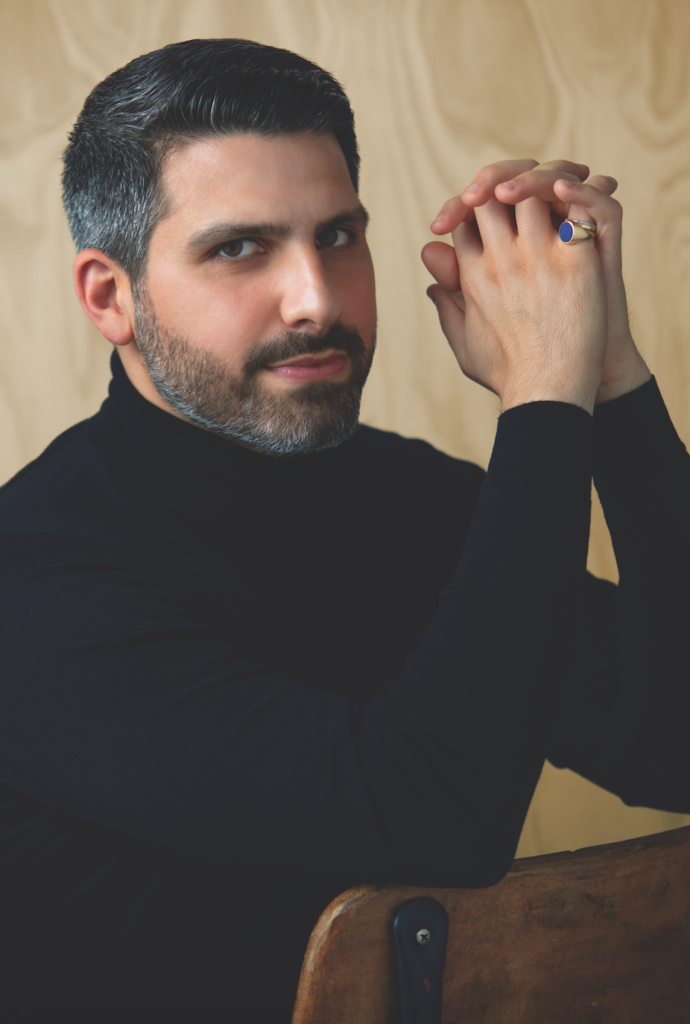
SEAN YASHAR
Visionary thinker and the founder of management and communications agency The Culture Creative, Sean Yashar technically works behind the scenes of the design industry but has made a major impact putting his cultural curations of decorative arts at the forefront. His prolific, conceptual perspective has shifted the community’s approach to marketing, branding and much more. Get a sense of what has driven his business for the past decade.
Why did you venture into strategy and communications versus becoming a designer or maker? It was never a choice of one or another. I’ve always been who I am, and aware of my intuition to discover, forecast and nurture. I’m guided by curiosity for people, and my talent is in recognizing and cultivating talent in others. There is something beautiful in supporting an artist to fully realize their potential.
From your perspective, how has the industry changed for the better?
As an industry, design still suffers from talking to itself. We’re at a critical point when it comes to fake news, smoke and mirror businesses and issues with authorship and intellectual property. There’s really no governing body to guide us. But we’re also in a period of flux, on the verge of a major generational change of guard that’s already been set into motion. The good news is that designers today see the value in opening doors to a historically closed-door design world, and in turn, the decorative arts (and craft culture in general) are being understood and respected in the mainstream more than ever.
What has been your greatest industry accomplishment to date?
Meeting my partner, designer Oliver Furth. It’s been a blessing to be on this journey with a like- minded, collaborative and generous soul. He’s also often the first one to commission a new artisan I am developing, and with his trust and guidance, we have been able to launch many careers for emerging talents.
How has your work curating exhibitions and shows contributed to your growth in this industry?As much as I promote repeating and refining your skills, I believe in evolving, exploring and growing more. I’ve always been attracted to experimenting out loud, and this has manifested itself in our company pursuing additional arms under the Culture Creative umbrella throughout the years. My through-line is simple and unchanging: Everything we do is to support the decorative arts (the designers, makers, brands, dealers and institutions), and to do that you have to be nimble and open to exploring all the many evolutions of support. It’s about creating solutions to problems before they exist. The music industry is years ahead with this type of thinking: Why can’t the record label, management, touring, operations and promotion exist under one cohesive company where talent is supported at each important step?
What is the best piece of advice ever given to you? “If you make something no one hates, no one loves it.”—Tibor Kalman
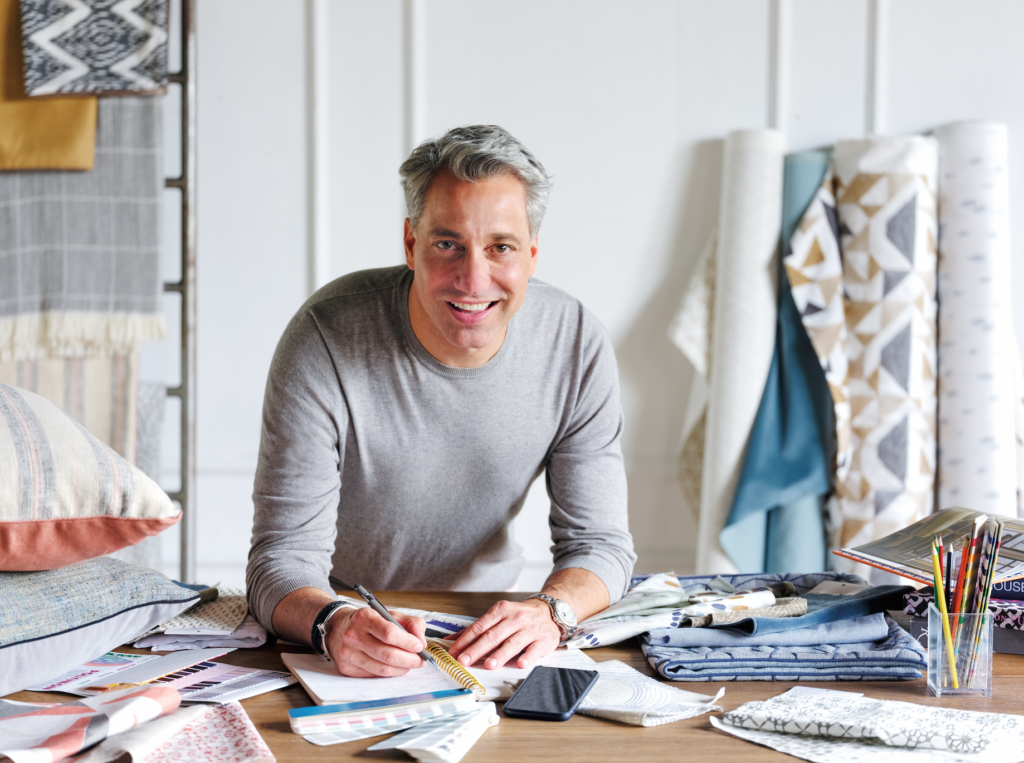
THOM FILICIA
Thom Filicia is undoubtedly a design mogul. With over 20 years as a successful designer at the helm of Thom Filicia Inc, Filicia—a savvy product designer with a vast range of collections who is also a TV icon of prolific show Queer Eye—has truly done it all. Discover how his unconventional business model has made him an industry icon.
Twenty years in business is a huge tribute to your success as a designer and business leader. Is there an icon throughout the years that you modeled your business after?Having studied and worked with Parish-Hadley many years ago, I was always drawn to Albert Hadley for his classic lens on modernity. That opportunity was a springboard for understanding how to approach plans, layouts, fabrics and more. That foundation was great for me. My business model has been so different than most as it’s about diversification. I love having a touch point with all aspects of the business, from our products to the showroom. When I look at the structure of our office, it reminds me of Robert Metzger. Also, the media component to my business has offered a career that feels unique. I am continually excited to have the opportunity to communicate to a global audience.
From your perspective, how has the industry changed for the better in the past 20 years? I think every business sector has changed. The
key is to not feel victimized but to figure out how to acclimate and be a leader ahead of the change. People now have a lot of access to information and think they understand as much as the experts. Traditionally, we are in a business that used to hold the golden ticket; however, I feel transparency makes it more interesting. We all have to remember our clients aren’t paying for access, they are paying for knowledge and vision.
What does the future of the industry look like to you? If you have a point of view, you have the opportunity to have an overarching approach to the world of design. I predict the big shift in the future is that the design industry will continue to become a more diverse, exciting and expanded field. Designers and brands will have more power to effortlessly create their own business models and concepts, making them fluent in all areas (manufacturing, drawing, finishes).
Looking back, what advice would you give your younger self? I would say that you have to understand how to take what you do seriously but not take yourself seriously at the same time. Be focused on what you do but remain humble and real in who you are. You are part of a bigger picture!
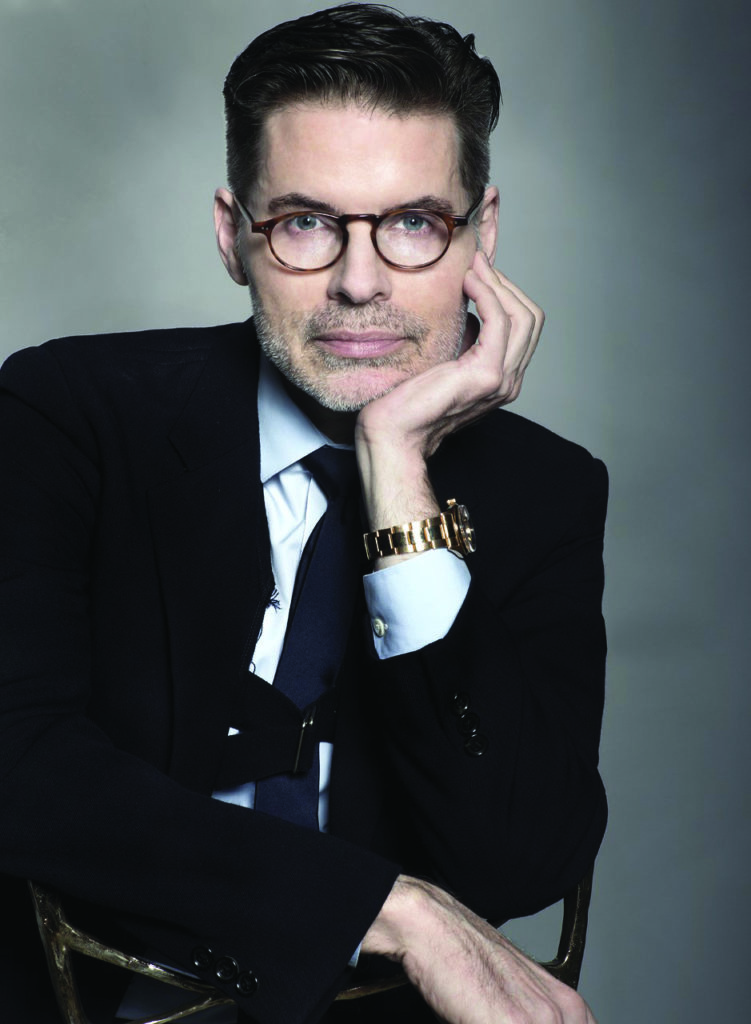
THOMAS LAVIN
Quite possibly the most stylish man in the design industry, pioneering showroom owner Thomas Lavin has graced us with his remarkable taste for over 20 years. His L.A. showroom in the Pacific Design Center has been one of the most prolific resources for discovering obscure work since inception. Read how he got his start and continues to flourish.
Twenty years in business is a huge tribute to your success as a leader in the community. Is there an icon throughout the years that you modeled your business after?I have looked up to so many different people and met so many teachers along the way. My parents are my biggest cheerleaders. My father was an immigrant from Manchester who came to this country with only 75 cents. He taught me to never give up, focus on the prize and treat people with respect.
Why did you venture into the showroom business instead of becoming a designer?It was a question of opportunity and economics. When I started my career, I was working in showrooms and doing design. At that time, I didn’t have enough design work to venture out on my own and saw that the showroom business was a stronger marketplace for me.
From your perspective, how has the industry changed for the better?
I feel like there is a much stronger sense of community, transparency and collaboration.
What does the showroom of the future look like to you? I don’t believe it will look much different but may function differently. For example, we offer complete design services for clients including specifying their floor plans, shopping for fabric and more. We are so hands-on and in the trenches with our clients. I believe this type of offering will expand as will digital platforms.
Looking back, what advice would you give your younger self?Trust yourself and your intuition. Believe in yourself and don’t sweat the small stuff.



